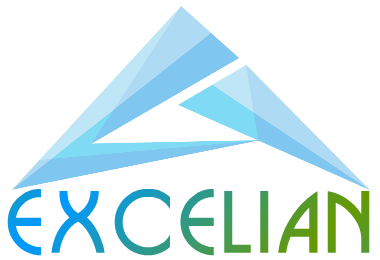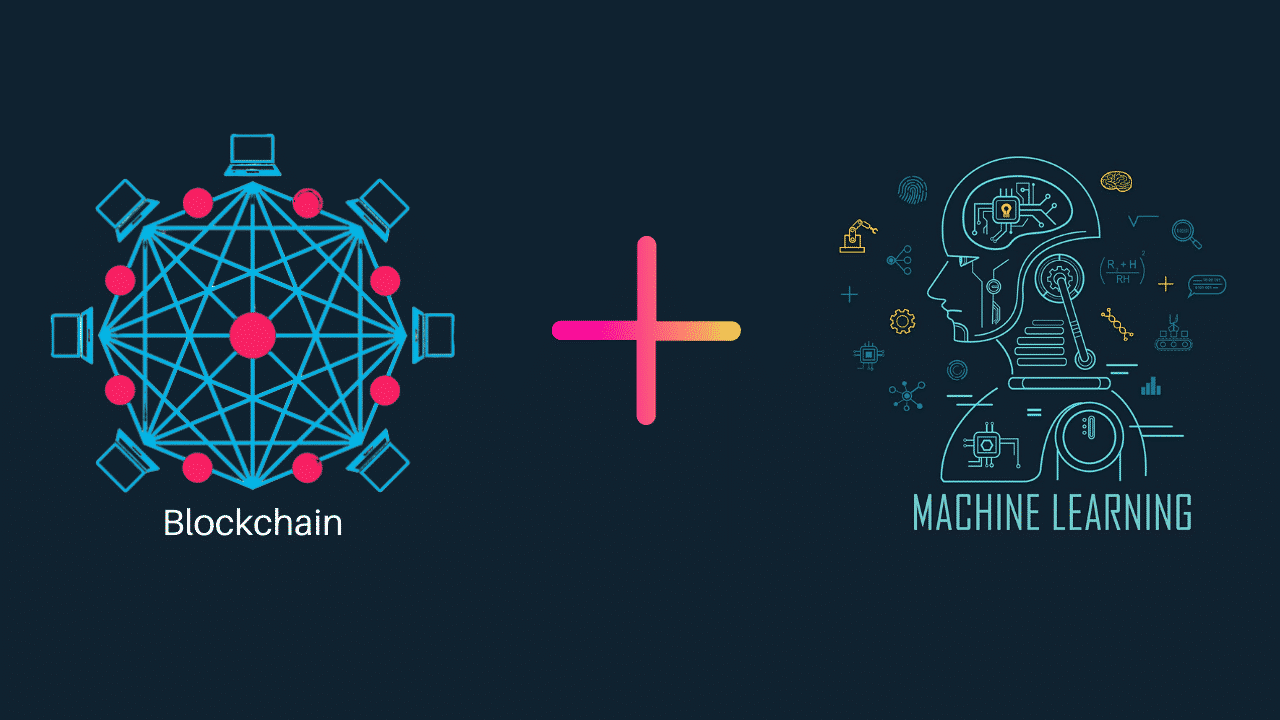“Machine learning” and “blockchain” have recently gained popularity. It makes it possible for people to communicate with one another through a decentralized and secure system. This eliminates the need for a middleman. Many of the “constraints” that “blockchain-based systems” face can be overcome with “machine learning.”
Furthermore, the combination of these two technologies can provide high-performance and valuable solutions.
“Algorithms” for machine learning have “enormous learning potential.” The blockchain can adopt these traits to become smarter. This connection has the potential to improve the security of the blockchain’s “distributed ledger.”
The “golden nonce” can be found more quickly thanks to the compute power of Machine Learning.
It enhances “data sharing pathways” as well. Additionally, we can build a lot more “effective machine learning models.”
The “decentralized data architecture” feature of blockchain technology could be used for this.
Blockchain network data can be used by Machine Learning (ML) models to make predictions or do data analysis. Data storage on the blockchain network also lowers the likelihood of ML model failures. There are no duplicates, noise, or missing values in the network’s data. This is also a fundamental requirement for the ML model to offer greater accuracy.
Benefits of Blockchain and Machine Learning
Security Coupling
Due to inherent encryption, data on a blockchain is “well-protected.” Additionally, keeping private and sensitive data on a blockchain is excellent. The information may include medical records or individualized advice. AI requires a constant and enormous amount of data.
But, there is another component to “security upgrades.” Although the blockchain is secure on its own, “additional layers” and “applications” are not. Blockchain apps will be easier to implement with the help of ML in the banking sector.
Additionally, it will help with the foresight of prospective “system breaches.”
Untangling AI Thought Process
No matter how good AI is, if people don’t trust it, they won’t use it. One of the challenges that slowed the adoption of AI is the inability to explain the computer’s conclusions. If the decision-making process is made recordable, AI can gain public trust more quickly.
We can increase the clarity of the computer’s thought process by utilizing blockchain for artificial intelligence, this is possible. Every choice made by AI is recorded and available for scrutiny in a distributed ledger. Blockchain also ensures that the data is unchangeable from the point of recording to the point of analysis.
Data Market Access and Management
This point is related to increased security. As a distributed ledger stores massive amounts of encrypted data, new applications emerge. The blockchain allows you to store and sell access to your personal data. As a result, marketplaces for data, models, and AI emerge.
Google, Facebook, and Amazon have access to massive amounts of data. This data aids AI processes, but it is not available to the general public. Smaller businesses and startups may be able to compete with tech behemoths thanks to blockchain technology. They can gain access to the same pool of information and even the same AI potential.
Additionally, blockchain and machine learning together enhance how we handle data.
Computers decrypt data by repeatedly searching through several character combinations for the right one to validate a transaction. With each successful code breach, AI develops new talents, just like a human hacker. However, AI won’t take a lifetime to become an expert like humans do.
Making Energy Consumption Better
Data mining requires a lot of energy to operate. One of the biggest problems in the modern world is this.
Google has provided an example of how ML can handle it. They used past sensor data from a data center to train the DeepMind AI. Additionally, Google was able to lower the amount of electricity needed to cool their data centers.
Similar thinking could benefit mining and drive down the cost of mining equipment.
The Development Of Smart Contracts
Certain technical flaws in the blockchain can be exploited by hackers. Yet, smart contracts lack sufficient intelligence.
Under certain circumstances, they are programmed to automatically release and transfer funds. On the blockchain, network consensus is required for this. The source code for smart contracts is available to the public and can be examined.
This implies that anyone can carefully review each line of code to look for errors. AI also assists in predicting vulnerable weaknesses and validating smart contracts.
Enhanced Customer Service
Customer satisfaction is, as we all know, a critical requirement for any company that serves clients.
We can also improve and automate the service. A machine learning model would also have to be enforced on a Blockchain-based application.
Trading in Data
Companies that use blockchain to trade data all over the world can improve service speed by leveraging the blockchain’s ML models. The ML models’ job is to control the trading routes of the data. It can also aid in the validation and encryption of data.
Goods Manufacturing
In the current environment, most organizations have begun to employ blockchain-based methods. This also improves productivity, security, transparency, and compliance checks. Furthermore, incorporating ML aids in the creation of flexible plans for machinery maintenance at specific times.
Smart Cities
Smart cities are now assisting in raising people’s living standards. Machine learning and blockchain technologies are also important in the development of smart cities. With machine learning algorithms and device personalization, we can also monitor smart homes. It can improve people’s quality of life because it is based on the blockchain.
Problems With Combining Machine Learning And Blockchain
Suitability
Blockchain is an alternative if the source of the data cannot be trusted and there are many entities in the distributed system. If speed is essential, a simple database is the better option. You must comprehend the architecture of blockchain before employing it in any application.
Infrastructure
Blockchain-specific hardware and network infrastructure are available for many blockchain-based applications.
Examples of these include communication protocols, network administration, mining equipment, decentralized storage, and mining gear. The development of blockchain-specific products is currently ongoing.
Privacy
All blockchain nodes can access data produced by devices and stored on the blockchain. This suggests that there can be a privacy concern for information that is kept secret or confidential. Encryption, controlled access, and private blockchains may be able to help with these issues. However, using ML models on such constrained data places restrictions on analytics and prediction.
Memory
Their size keeps growing as new blocks are added to the blockchain. Therefore, the entire chain must be stored by every node. This puts these gadgets under a serious memory limitation. Performance is also impacted by an increase in chain size. Additionally, keeping useless data uses up computer resources. Storage management is a critical challenge in most implementations due to the immutability of blockchains.
Implementation
Large-scale transactions are necessary for a blockchain network of this size. The implementation of a blockchain with this much data creates potential issues. Managing issues like the rising demand for internet bandwidth is challenging. As a result, in order to satisfy the inescapable demand, the addition of blocks and transactions must be reduced.
Conclusion
Machine learning and blockchain work incredibly well together as a combination. They serve as the foundation upon which new developments will build. Together, these two are sure to make game-changing discoveries. They would also make our presence feel more secure.
By using ML and AI to control the chain, there is also an opportunity to increase security. Additionally, ML prefers working with a lot of data. Thus, it offers a chance to use the decentralized characteristics of blockchains to strengthen models.


0 Comments